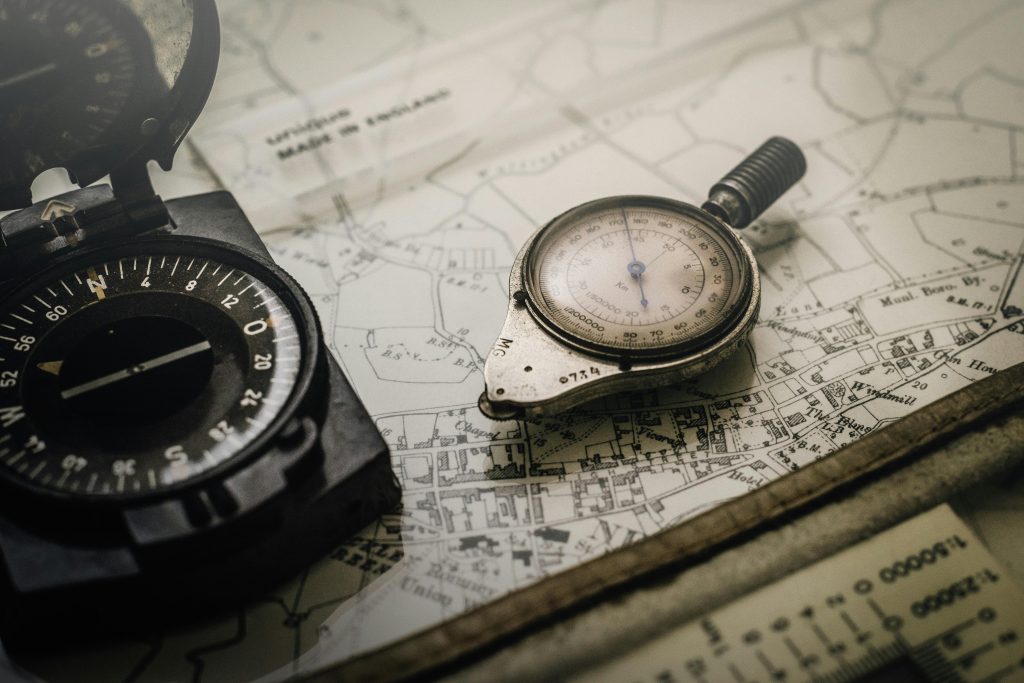
Imagine self-driving Mobile Robots in warehouses and factories – how do they know where to go? That’s where navigation technologies come in! From basic methods like following lines on the floor to high-tech solutions like using cameras to see, there are lots of ways these robots find their way around. In this article, we’ll break down these navigation methods, explaining how they work and why they’re important for making robots smarter and more efficient.
1. Non-laser based Navigation Technologies:
1.1 Magnetic Tape:
1.2 Line Guidance or Induction Tape/Cable:
1.3 Data Matrix (QR Codes):
2. Laser-based Navigation Technologies:
2.1 Simple Laser Reflector Navigation:
2.2 2D SLAM (Simultaneous Localization and Mapping):
2.3 3D SLAM (Simultaneous Localization and Mapping):
2.4 Visual SLAM:
3. Conclusion:
In summary, navigation technologies serve as the backbone of efficiency in industrial settings, allowing robots to navigate their environments with precision and reliability. Understanding these technologies is essential for selecting the most fitting robot for your particular use case, enabling you to maximize productivity and streamline operations in warehouses and factories.